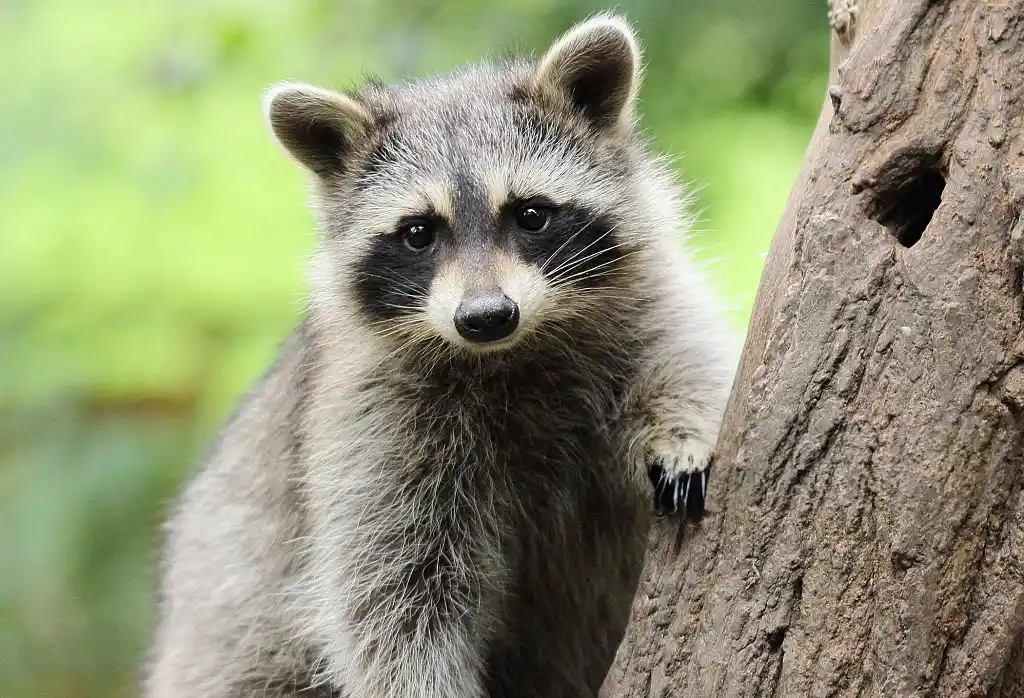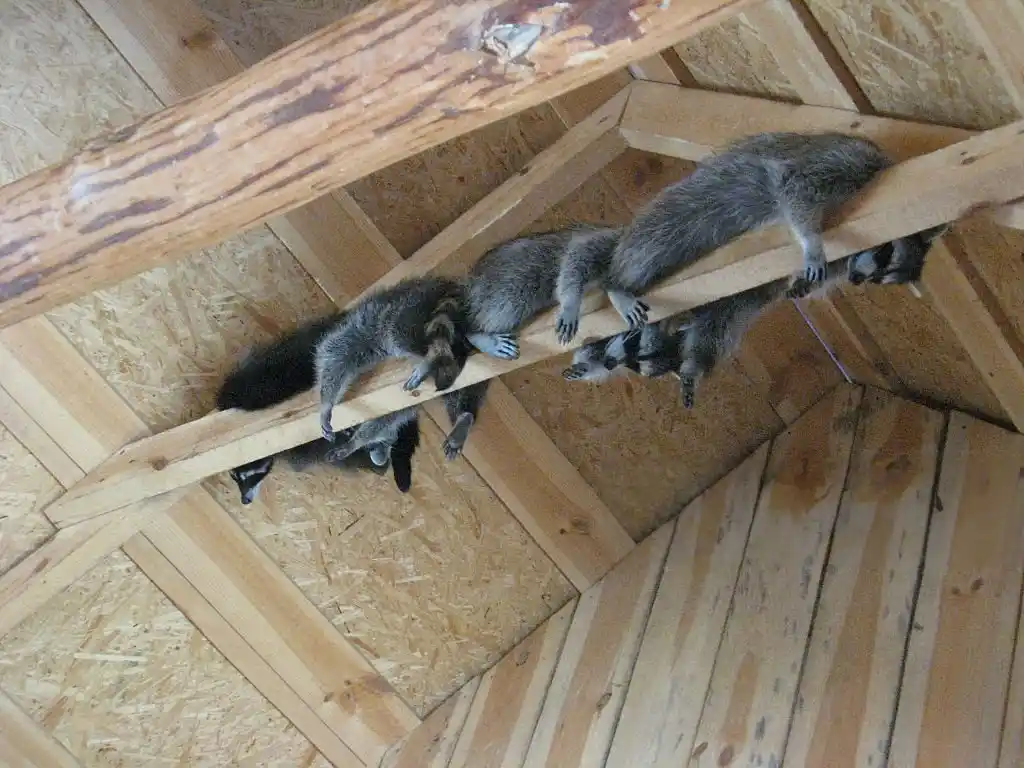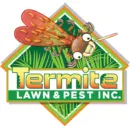RACCOONS
At Termite Lawn and Pest, we actively address the risks associated with raccoons, known for their potential aggression, destructiveness, and danger. As Certified Advanced Wildlife Control Operators with the National Wildlife Control Operators Association (NWCOA), we specialize in professional trapping and removal services throughout Orlando, FL, and surrounding areas.
We are an A+ BBB rated company with 20+ years of experience. Click here to read what our happy customers are saying on Google!

Are Raccoons Dangerous?
Raccoons are wild animals, and they can be unpredictable. Sometimes people try to make pets out of them, but they might suddenly turn aggressive and attack. This happens because wild animals always feel threatened and might lash out in defense. Raccoons are especially protective of their babies, so if you get too close to them, they might hurt you badly.
They have sharp teeth and claws that can cause serious injuries to kids, adults, and even pets like dogs and cats. If a raccoon feels scared or thinks it needs to protect its family, it could leave you with long-lasting scars or disfigurement. It’s best to steer clear of raccoons and let them stay wild where they belong.
Raccoons and Disease
Raccoons harbor a variety of parasites and diseases, with disease posing the most significant concern. So, it’s crucial to recognize them as wild animals, not pets, and handle them accordingly.
While most of these diseases are not harmful to humans, some can be fatal. Rabies and distemper are particularly lethal to raccoons. Though the risk of rabies is relatively low, it should not be underestimated. Dense raccoon populations can lead to outbreaks of disease, which can pose a threat to pets lacking vaccination.
Baylisascaris, also known as raccoon roundworm, can be deadly in humans and dogs. Humans and dogs contract the infection by ingesting or coming into contact with raccoon feces. As Professional Wildlife Trappers, we face risks when transporting raccoons and handling untreated cages and trapping equipment. The incubation period for the infection ranges from 1 to 4 weeks. Symptoms may include nausea, lack of attention to people and surroundings, fatigue, liver enlargement, loss of coordination, muscle control impairment, blindness, and coma.
Besides rabies and parasites, raccoons can also carry mites, fleas, ticks, and other insects. Because they spend a lot of time digging in garbage for food, this can cause them to carry harmful bacteria on their skin. So, petting them can make you sick.
Risks of Property Damage

Aside from potentially harming you, raccoons can also wreck havoc on your property. They’re notorious for scattering garbage across your yard and rummaging through your vegetable garden, berry bushes, and fruit trees. They won’t hesitate to help themselves to your pet’s food either.
If they manage to get inside your home or underneath it, they’ll leave their waste anywhere they please and might even tear up things to make their nests.
So, while it is tempting to admire these adorable creatures from afar, it’s safer not to invite them into your yard or approach them.
Contact us for a free consultation: (407) 447-7378
Termite Lawn and Pest, Inc
4524 Parkway Commerce Blvd
Orlando, Florida 32808
Phone: (407) 447-7378
